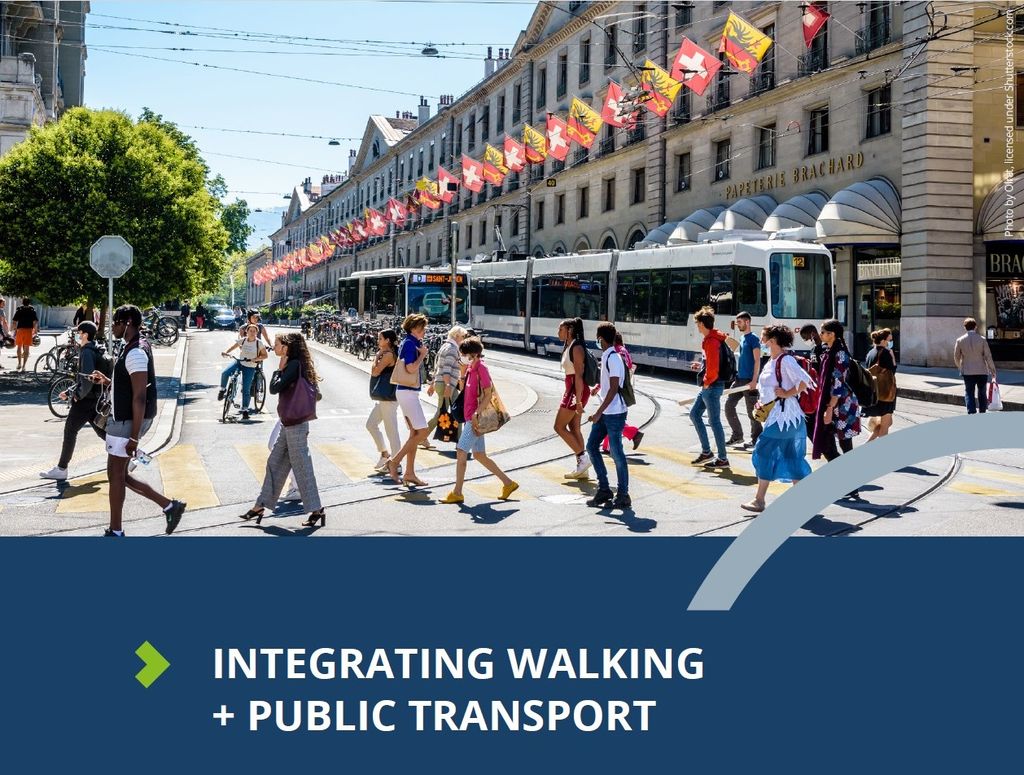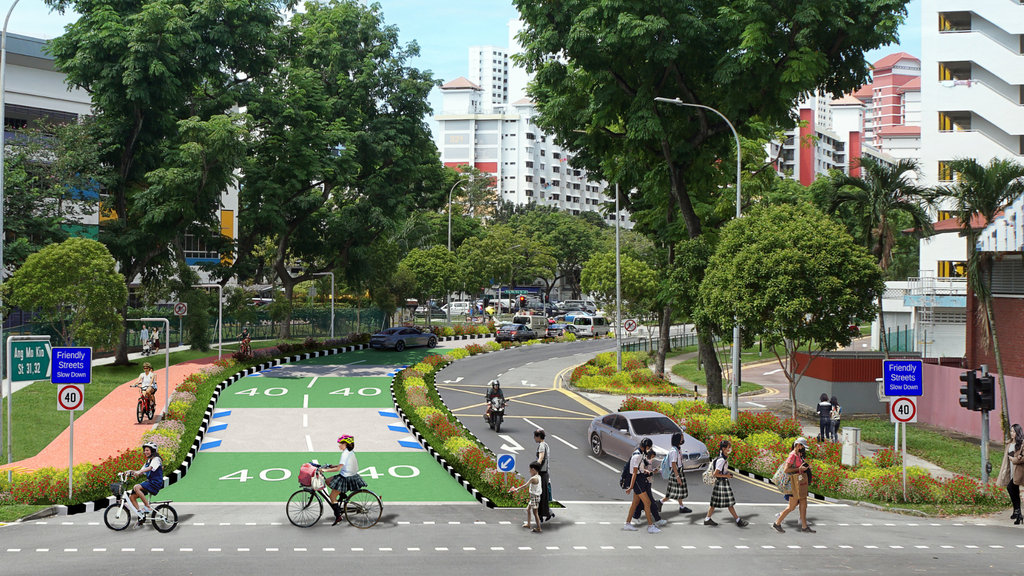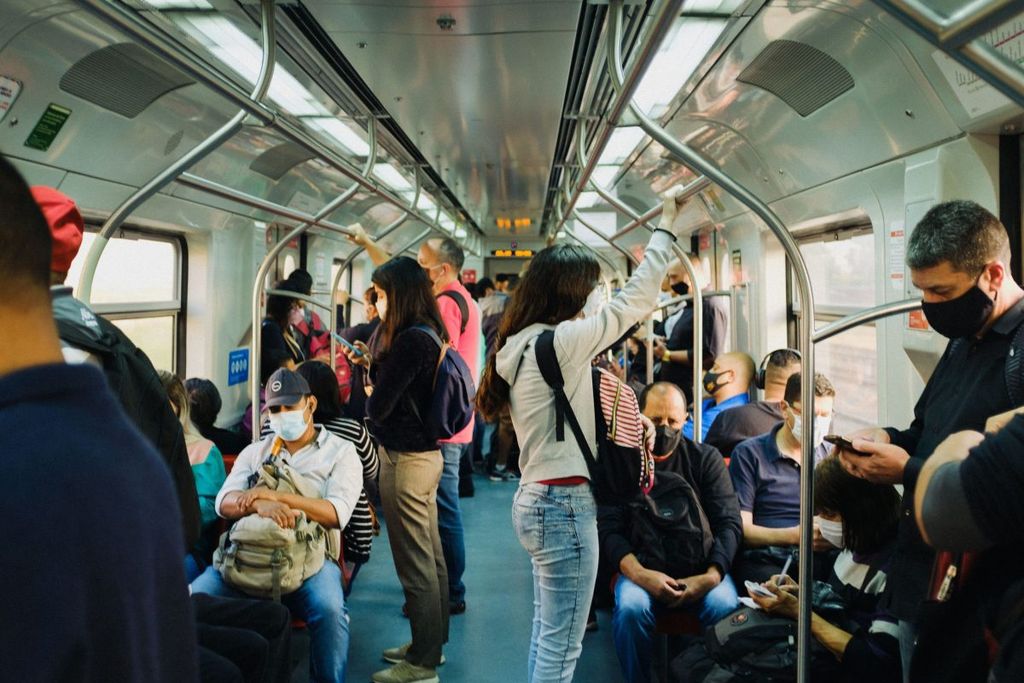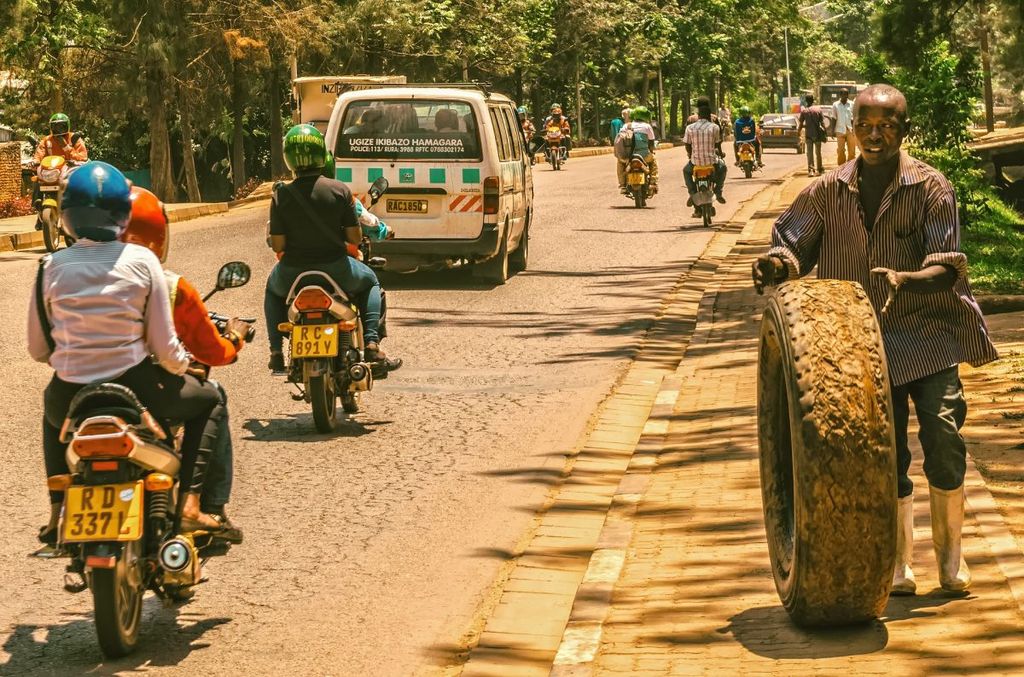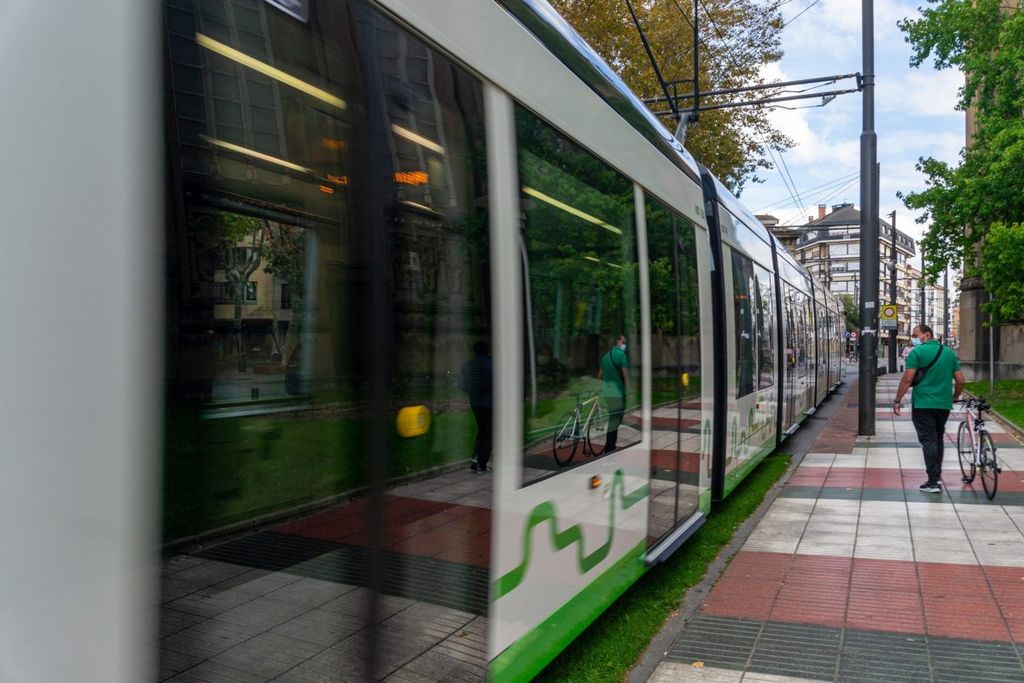
Managing the demand for mobility: A transformational policy instrument
Using demand management as a transport planning tool
Government restrictions on our daily mobility during the strict COVID-19 pandemic lockdowns pushed the topic of Demand Management in front of our very eyes. To ensure that public transport remains COVID-safe, actions such as ‘flattening the peak’ and securing physical distancing in transport vehicles and stations have required to control demand.
During the pandemic, with the exception of essential workers or those whose presence is required for specific activities, many elements of our daily life (such as work, shopping, medical consultations and leisure pursuits) have shifted online. This has persisted, thanks to widespread digitalisation and access to the Internet.
Without minimising the consequences of the pandemic on individuals and society, the strict restrictions – including severe lockdowns – have made significant improvements possible in the quality of the urban environment, with reduced congestion and noise, cleaner air and skies, lower carbon emissions and a more visible presence of animal species in our urban environments. These targeted benefits have rapidly become a reality.
This paper considers that the time has come to accelerate the promotion of Demand Management, which should become a full transport planning tool to reinforce public transport and make our mobility more sustainable.
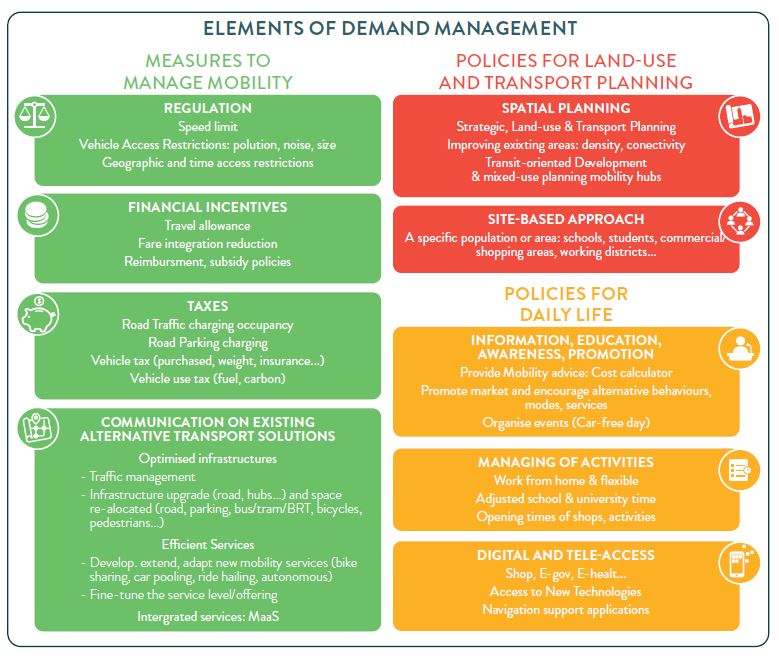
exclusive resources


